- Remove the booster reserve by applying the brakes several times with the engine OFF, until all the reserve is depleted.
- Fill the master cylinder reservoir with brake fluid. Keep the master cylinder reservoir at least one half full during the bleeding operation.
- Disconnect the brake line at the top of the master cylinder.
- Allow the brake fluid to fill the master cylinder until it begins to flow from the port.
- Reconnect the brake line at the top of the master cylinder.
- Slowly push and hold the brake pedal.
- While the brake pedal is pushed down, loosen the brake fitting at the top of the master cylinder to purge the air from the cylinder.
- Slightly tighten the brake fitting. Then release the brake pedal slowly. Wait 15 seconds before continuing with the next step.
- Repeat steps 6-8 until all of the air is removed from the master cylinder bore.
- Tighten the brake line fitting and tighten to 16 N·m (12 lb ft).
- After the air has been bled at the top connection, bleed the master cylinder at the side connection using the same sequence as with the top connection.
- Attach a transparent tube over the rear bleeder valve at the right rear caliper. Allow the tube to hang submerged in the brake fluid in a transparent container. After the right rear caliper is bled in the following steps, use this procedure at the left front, the left rear, and the right front bleeder valves.
- Slowly push and hold the brake pedal. Avoid rapid pumping of the brake pedal.
- While the brake pedal is pushed down, loosen the bleeder valve to purge the air from the caliper.
- After the air bubbles have escaped into the container of brake fluid, slightly tighten the rear bleeder valve.
- Slowly release the brake pedal. Wait 15 seconds before proceeding with the next step.
- Repeat steps 13-16 until all of the air is removed. You will know all of the air is removed when no bubbles appear in the container when the bleeder valve is loosened. Keep the master cylinder reservoir at least on half full during the bleeding operation.
- Tighten the bleeder valve to 6 N·m (53 lb in).
- Bleed the remaining calipers in the following order: left front, left rear, and right front. Use the procedure in Steps 12-17.
- After all calipers have been bled, check the brake pedal for sponginess. If the brake pedal is not firm, repeat the entire bleeding procedure to correct this condition.
Caution: Refer to Adding Fluid to the Brake System Caution in the Preface section.
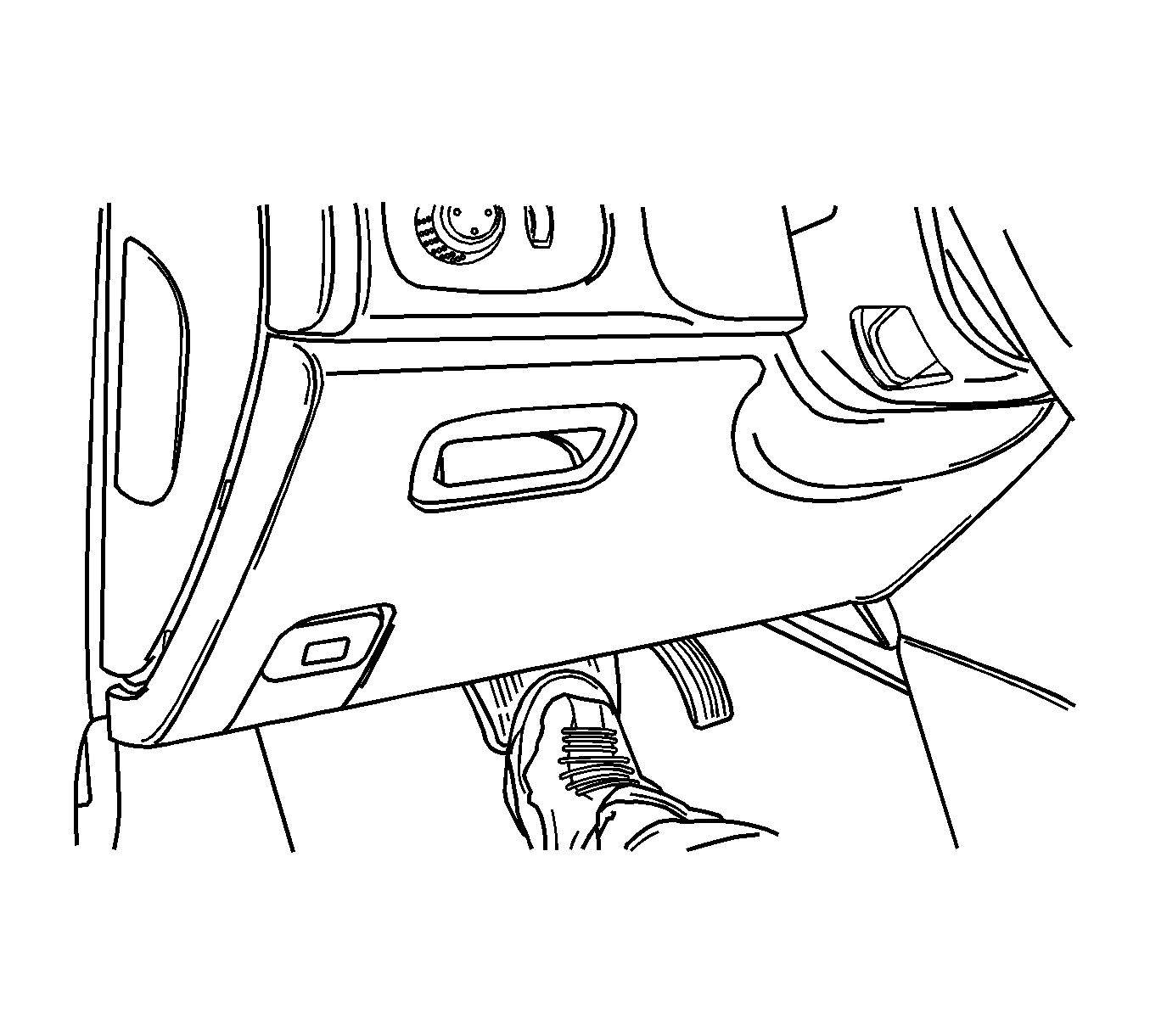
Note: Manual bleeding of the hydraulic modulator is not possible. If air enters the antilock brake hydraulic modulator, of if an unfilled modulator is installed, use the scan tool to bleed air out of the brake system. Replacement modulators are shipped already filled and bled. In normal on-vehicle service procedures involving the modulator, such as the procedure to replace the electronic brake control module, air will not enter the modulator. In such cases, use the bleeding procedure in this section.
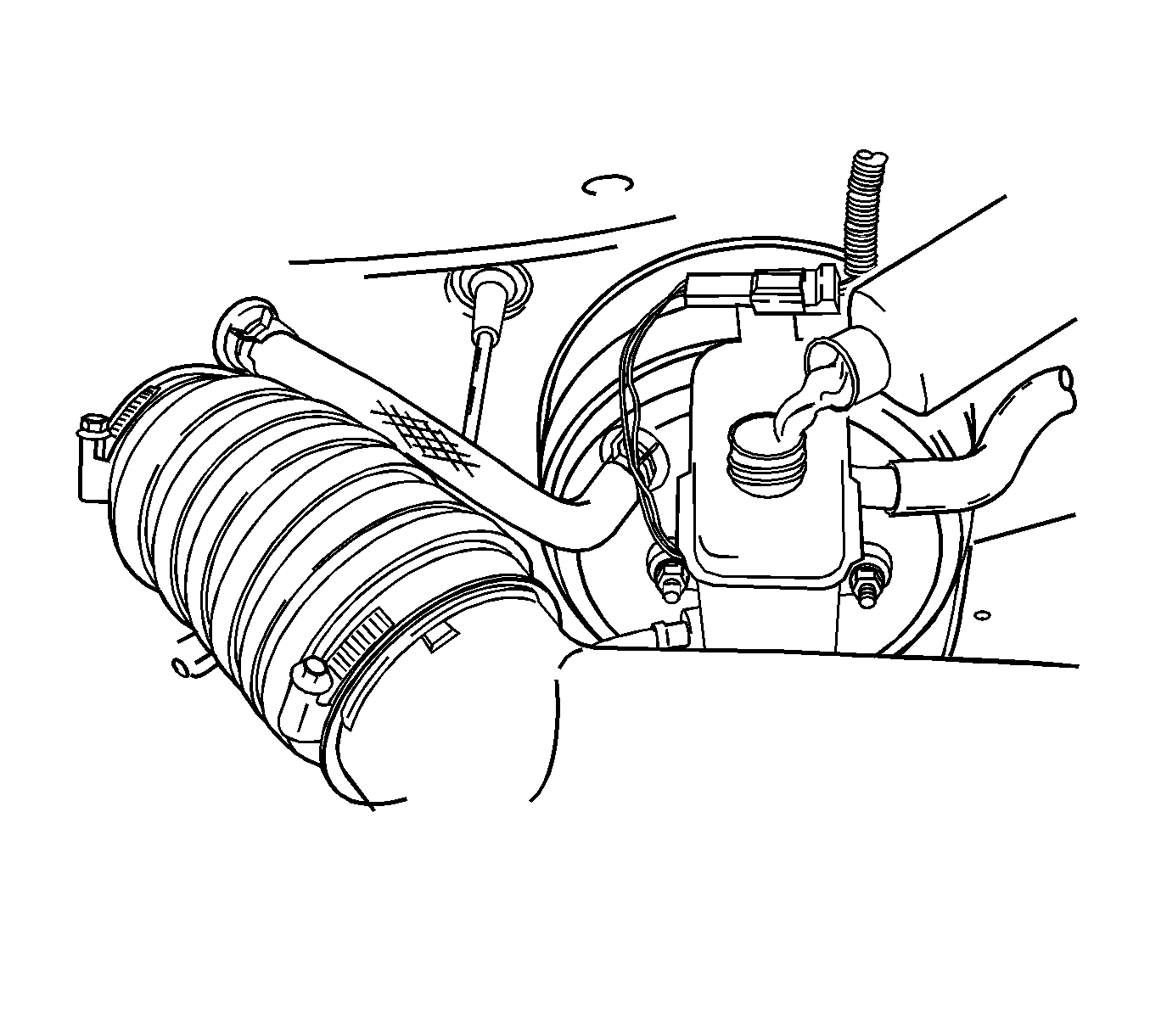
Caution: Avoid spilling brake fluid on any of the vehicle's painted surfaces, wiring, cables or electrical connectors. Brake fluid will damage paint and electrical connections. If any fluid is spilled on the vehicle, immediately flush the area with water to minimize the potential for damage.
Note: If no air is suspected to be in the master cylinder, begin the bleeding procedure at Step 12. If it is suspected that air is in the master cylinder bore, then the master cylinder must be bled, beginning with Step 2.
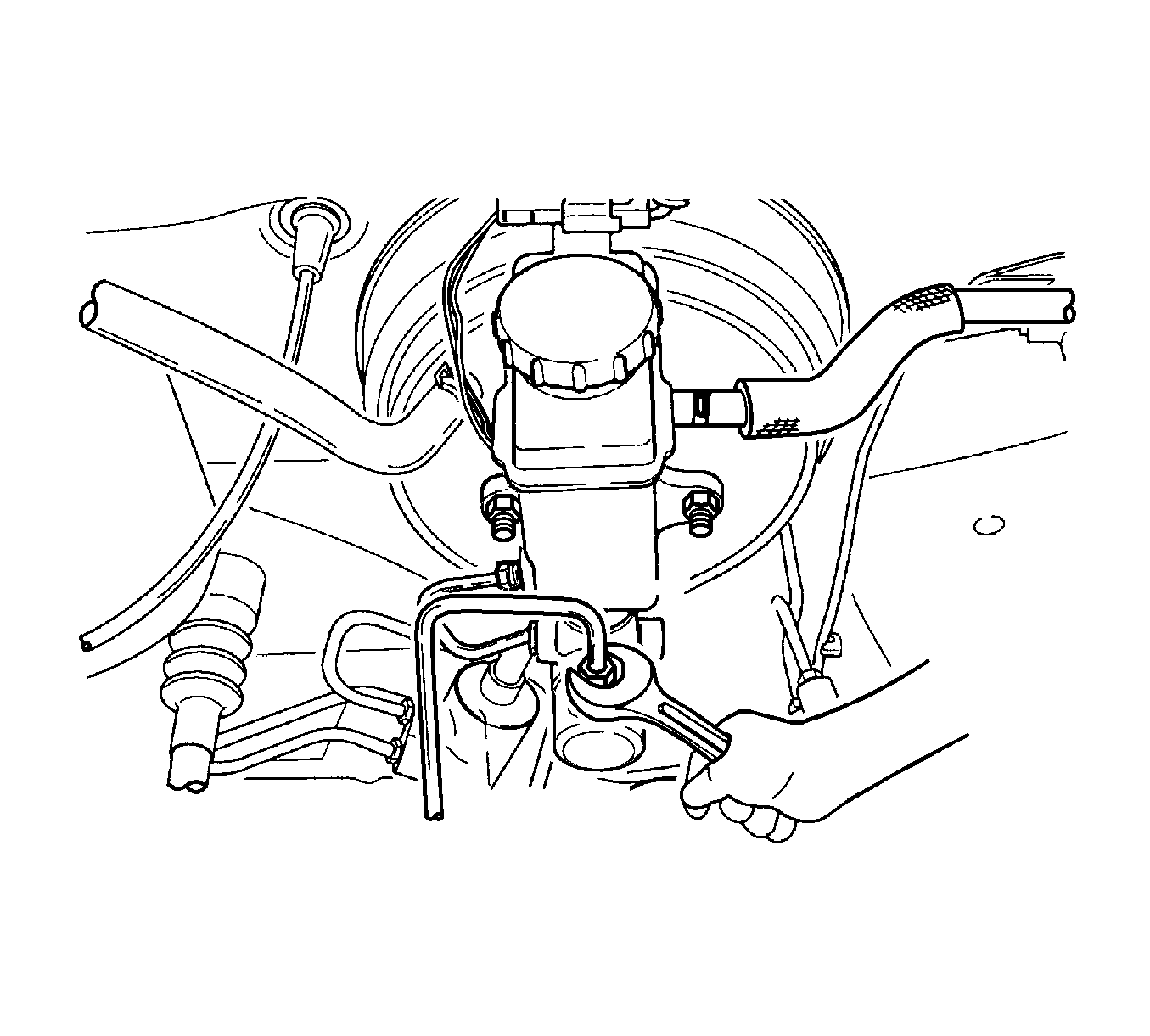


Caution: Refer to Fastener Caution in the Preface section.
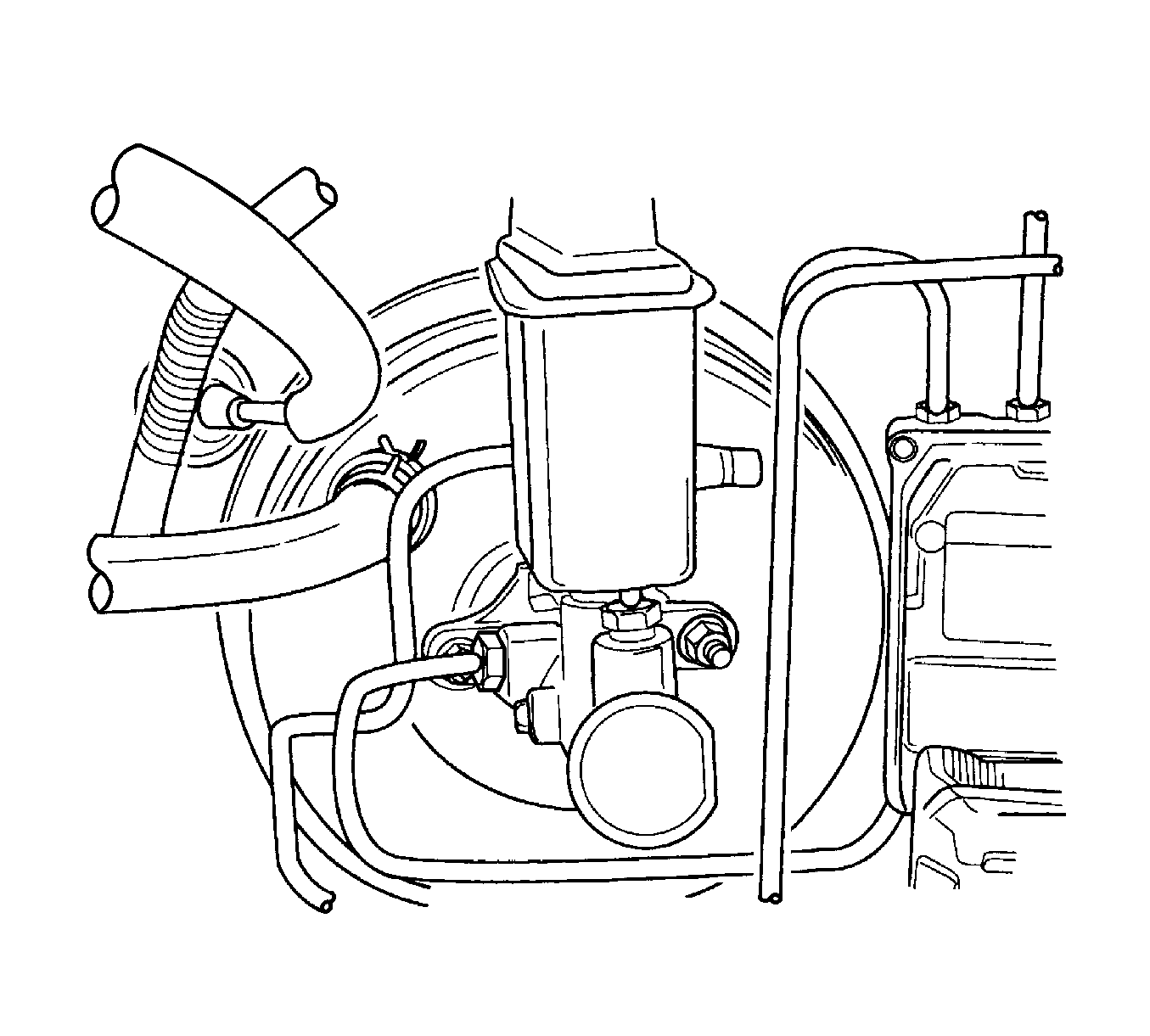
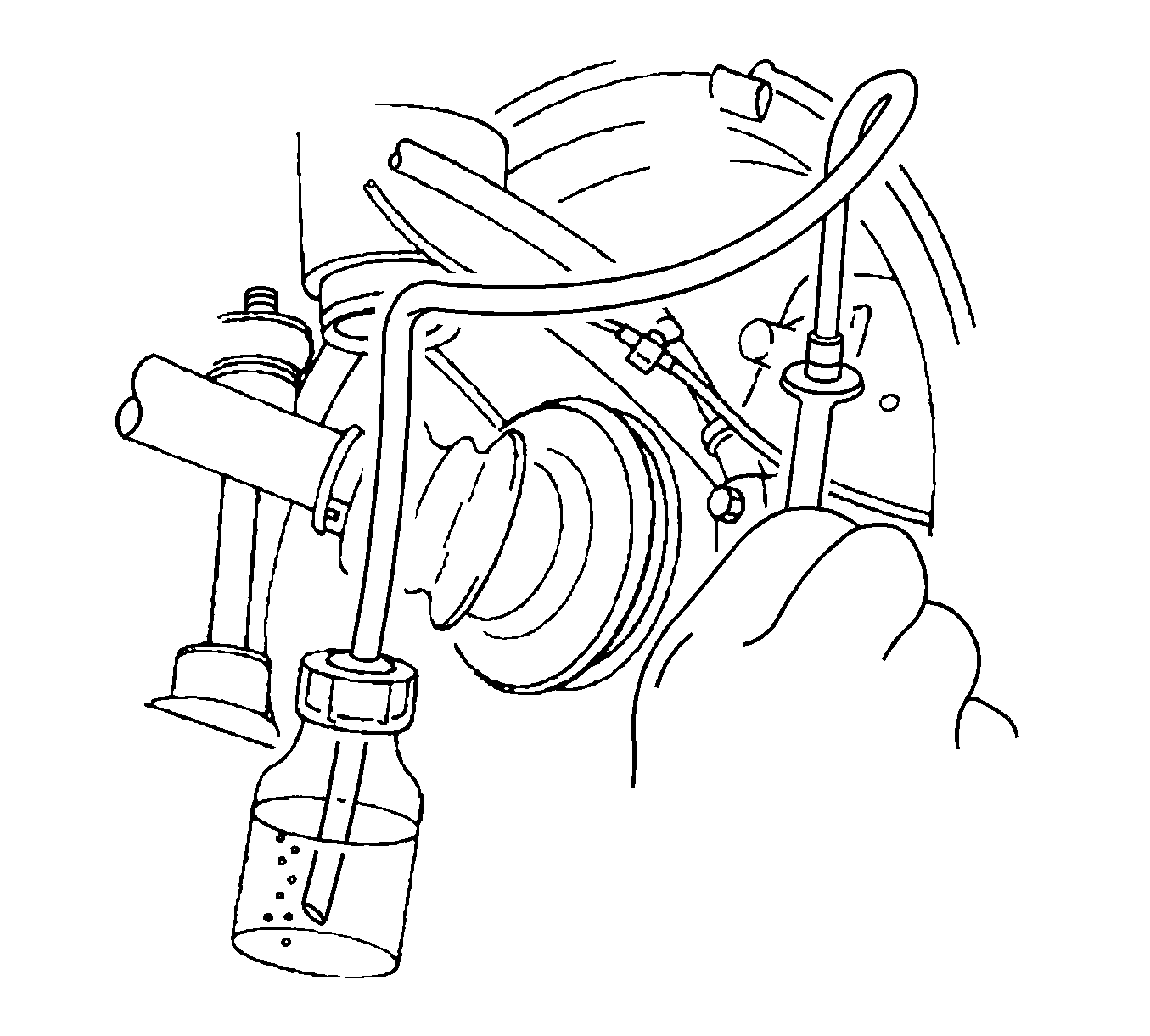
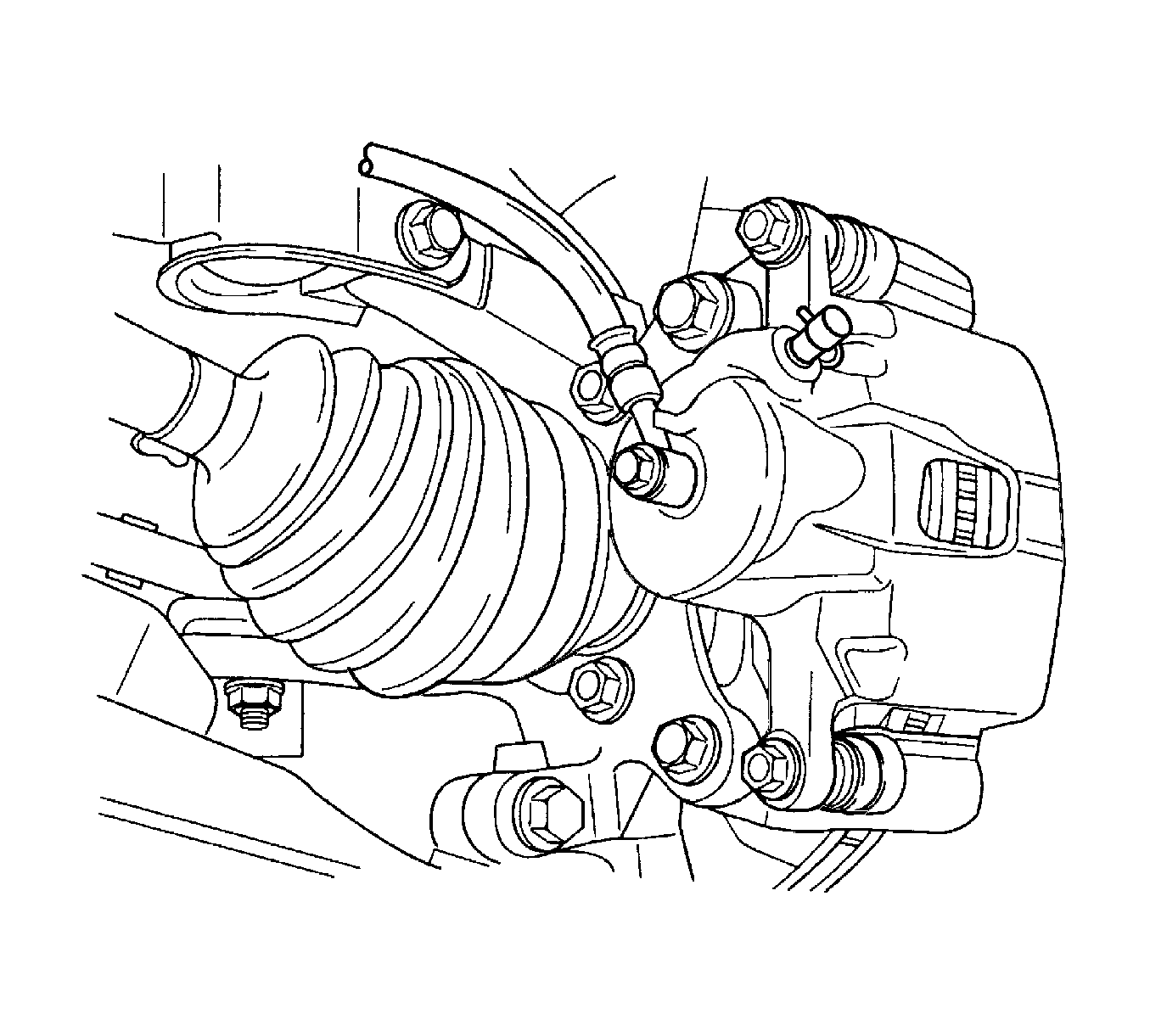
Caution: Avoid spilling brake fluid on any of the vehicle's painted surfaces, wiring, cables or electrical connectors. Brake fluid will damage paint and electrical connections. If any fluid is spilled on the vehicle, immediately flush the area with water to minimize the potential for damage.
